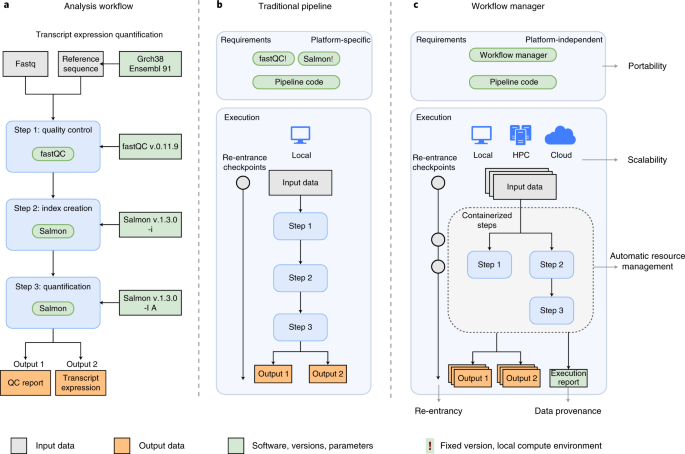Was recently asked about HGVS nomenclature reporting. The fun thing about biology is that there's going to be exceptions to the rule or some shenanigans that you didn't expect when setting out a rule.
"The Human Genome Variation Society (HGVS) provides standardized recommendations for describing human sequence variants, which are widely accepted in the scientific community, especially in the practice of clinical molecular pathology.1 Use of the HGVS nomenclature system is a de facto recommendation for clinical reporting of sequence variants.2, 3 Being a core component of the clinical report, incorrect HGVS nomenclature can have a negative impact on patient care, such as misdiagnosis or clinical trial ineligibility. HGVS nomenclature has been traditionally computed manually by pathologists from Sanger sequencing electropherograms. However, manually computing HGVS nomenclature is time consuming, complex, and error prone, particularly with insertion and deletion (indel) variants, resulting in inconsistencies across laboratories."
Source:Clinical Implementation and Validation of Automated Human Genome Variation Society (HGVS) Nomenclature System for Next-Generation Sequencing–Based Assays for Cancer
In the 25th Anniversary Special Issue of Human Mutation, Den Dunnen et al. (2016) publish an update of the Human Genome Variation Society (HGVS) recommendations for the description of sequence variants (http://www.HGVS.org/varnomen). One of the issues discussed is how widespread HGVS nomenclature is used and, when used, whether published variant descriptions correctly follow the recommendations. An EGFR (OMIM# 131550) lung cancer testing scheme assessed in January 2016 by the United Kingdom National External Quality Assessment Scheme (UK NEQAS) for Molecular Genetics demonstrates the current variability in the use and interpretation of the HGVS guidelines by diagnostic laboratories based across the globe.
Shall explore this tool
hgvs: A Python package for manipulating sequence variants using HGVS nomenclature: 2018 Update
https://github.com/biocommons/hgvs
